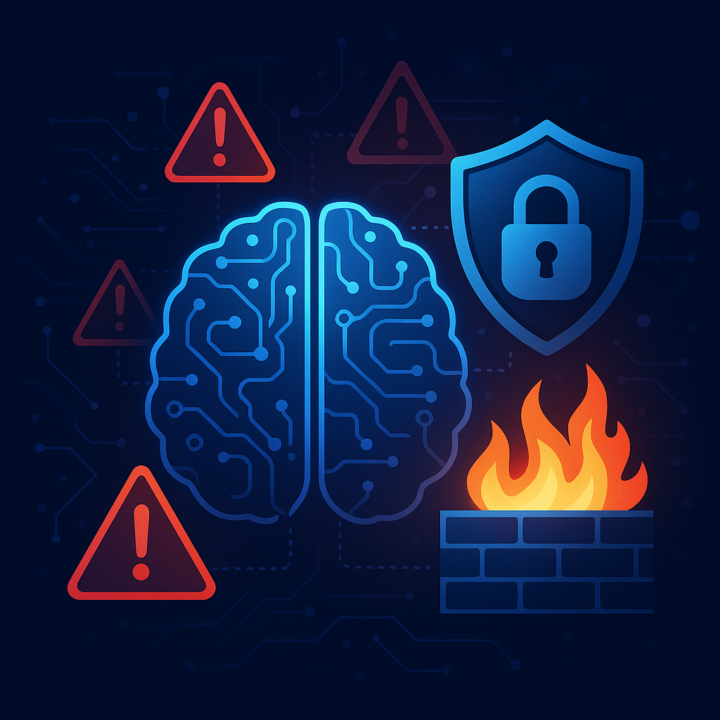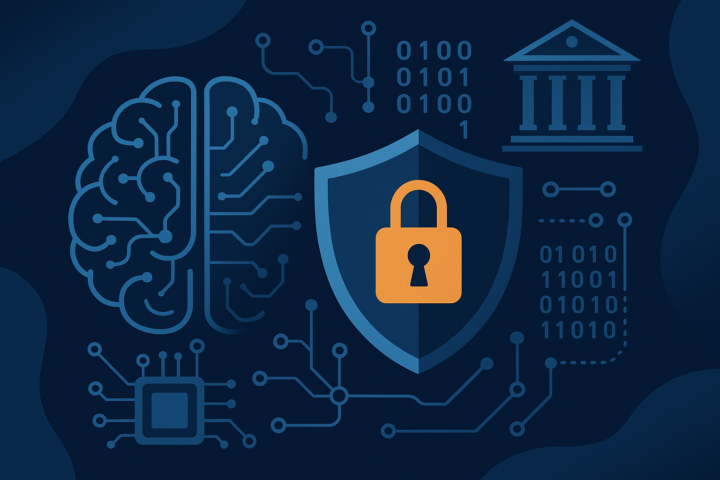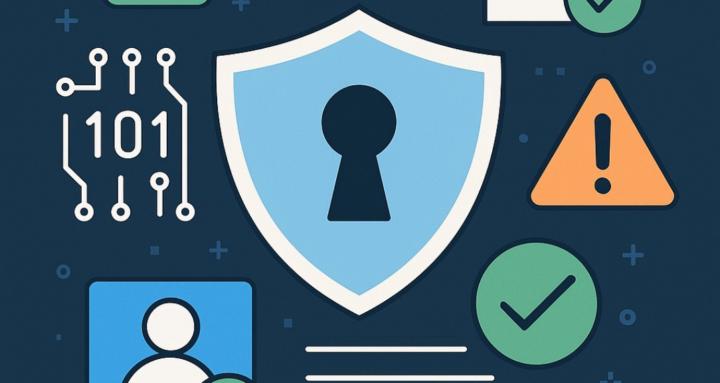
Write something
Pinned
OUR VISION 🔐
[IMPORTANT READ] Wow! Thanks for joining AI Cyber Compliance Hub! 🚀 Our goal? Bring together 100+ security-minded professionals and make this the go-to community for compliance insights and growth. This Skool group is your launchpad to: - ✅ Build bulletproof compliance frameworks - 🧠 Learn from pros in ISO 27001 , SOC 2, GDPR & more - 📈 Share real-world risk mitigation wins - 🛠️ Access templates, guides, and system walkthroughs Together, we’re building a high-trust network that helps each other grow. 🔥 First Mission: Streamline your compliance operations and protect your org with confidence 💥 Swap war stories from audits, build a personal brand in the GRC world, and get better—together. FEW THINGS TO DO: 1. Introduce yourself! 📣 2. Tell us what area of compliance you work in 💬 Let’s scale your impact and secure the future—together 💪 – K J
Pinned
👋 NEW MEMBERS : Welcome to AI Cyber Compliance Hub!
Hey everyone — Lets welcome the new members @Stephen Nwaokolo @Lucas Edmonds @K H @Bassam Khatib @Ahmed Amad to the AI Cyber Compliance Hub! 🎉We’re excited to have you here. This is a place for professionals, learners, and curious minds to explore the fast-moving world of AI, cybersecurity, and compliance — together. Whether you're just getting started or deep in the field, you’re in the right place. As a 1st step Jump into this https://www.skool.com/aicybersecurity/our-vision?p=35f31bb6
The Hidden Risks of AI in Cybersecurity
Artificial Intelligence (AI) is rapidly transforming the cybersecurity landscape — both as a powerful defense tool and a potential vulnerability. 🔍 The Double-Edged Sword of AI AI enhances real-time threat detection, automates incident responses, and helps anticipate attacks using predictive modeling. However, the same tech is being weaponized by bad actors. 🚨 Top Risks to Watch Out For: - Adversarial Attacks – AI models can be manipulated by poisoned data or prompts. - Data Privacy Leaks – Poorly secured AI systems may unintentionally expose sensitive data. - Bias & Compliance Violations – Improperly trained AI can lead to biased outcomes, violating GDPR, CPRA, or the AI Act. 🧰 Action Steps: 1. Perform regular AI model audits 2. Monitor inputs/outputs for adversarial behavior 3. Use compliant data sets during training 4. Bottom Line: AI in cyber is a must-have — but only with tight compliance and oversight.

🤖 AI Compliance or Data Security – Which Comes First?
When building secure systems with AI, what’s your priority? 🔍 Compliance with laws💾 Technical data security🧠 Ethical AI deployment What do you think should come first — and why? Let’s discuss and comment below!
Securing the Future: How Governance Shapes AI Cybersecurity
As artificial intelligence rapidly advances, so do the complexities of securing it. A recent deep dive from the R Street Institute explores how governance, risk, and compliance must evolve to manage the intersection of AI and cybersecurity. This post unpacks their findings and what it means for professionals working at the frontlines of cyber compliance. 🧠 1. Securing the Foundations of AI One of the key takeaways is the urgent need to secure AI infrastructure, including the data, models, and networks behind AI systems. While AI can detect threats faster than traditional methods, it also introduces new vulnerabilities — especially if development practices lack built-in security. R Street highlights the lack of universal auditing standards as a major gap. Without reliable metrics, it's hard to know if AI systems are truly secure. They recommend public and private investment into standardized metrics, risk frameworks, and "red teaming" practices — such as those being developed by the U.S. AI Safety Institute. 🧭 2. Promoting Responsible AI Use Governance isn’t just about stopping bad actors — it’s about setting the stage for responsible use. R Street warns that vague definitions (e.g., what constitutes “open-source AI”) and outdated legacy systems are stalling progress. Their advice? - Develop clear definitions and security standards - Modernize systems to support evolving AI needs - Anticipate emerging risks like cloud-based AI vulnerabilities Responsible AI isn’t just about ethics — it's about functionality and long-term trust. 👥 3. Bridging the Cyber Skills Gap Another major governance concern is the lack of trained talent. AI is moving fast, but the cybersecurity workforce isn’t always ready to keep up. R Street points out the value of AI-powered simulations and adaptive learning to train professionals. Still, small-to-medium businesses (SMBs) often lack resources to invest in this education, creating a divide in readiness. Their solution? Targeted training programs focused on:

1-8 of 8

skool.com/aicybersecurity
🛡️ Unlock elite strategies to master cyber risk, stay compliant, and scale securely – GUARANTEED success with proven systems!
Powered by





